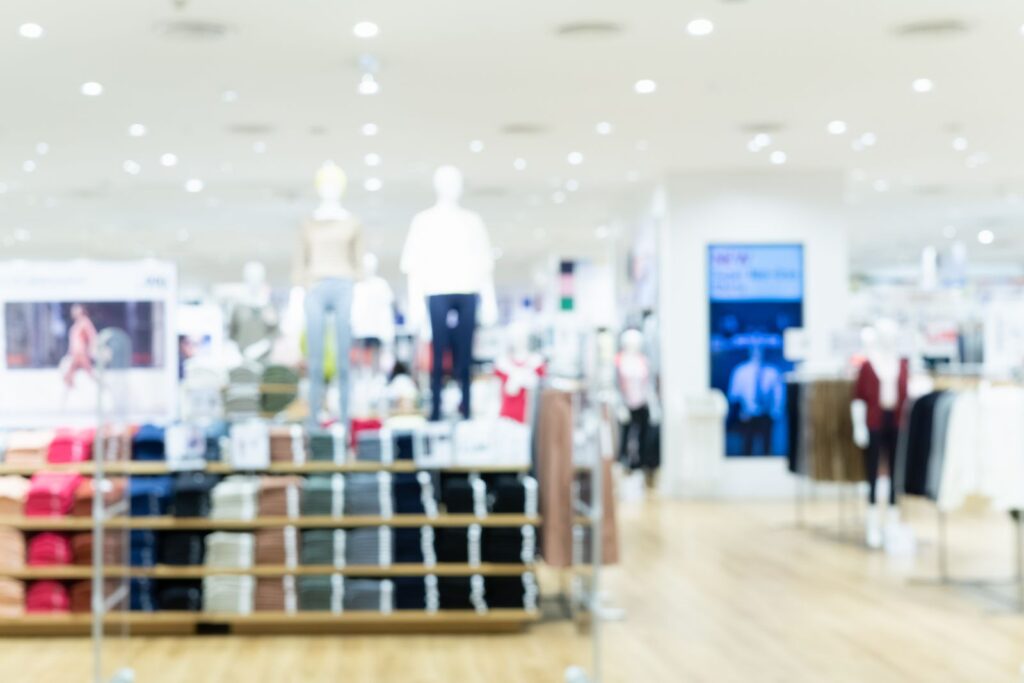
Retail growth is expected to continue to slow through June 2019, according to new figures based on pallet movements.
Year-on-year growth is expected to dip to 2.7 per cent in May, dragging year-on-year growth in the June quarter to 2.8 per cent, down from 2.9 per cent year-on-year growth in the March quarter and 3.4 per cent year-on-year growth in the December 2018 quarter.
Turnover in May is expected to be $27.37bn, up from March’s $27.23bn.
The figures are based on a weaker trend in pallet movement data, which are provided by CHEP, a leading global pallet provider, and compiled quarterly by Deloitte. They serve as a reliable leading indicator of the Australian Bureau of Statistics’ monthly report on the retail sector.
Deloitte Access Economics partner David Rumbens said the pallet movements slowdown is due to ongoing weakness in the housing market and the subdued wage environment, which are impacting consumer willingness to spend.
“[A]fter a dismal Christmas period, retailers are more cautious heading into 2019,” he said.
“Significant house price falls have dented consumer confidence and their willingness to spend. There are tax cuts on the way, but they’re not here yet, so mid-2019 may mark a low point in the retail cycle.”
According to Rumbens, discretionary spending, especially on household goods, is likely to bear the brunt of lower consumer confidence, while ongoing population growth will provide some support to non-discretionary retailers, such as supermarkets.
Cushman & Wakefield’s monthly report on key economic indicators also revealed a mixed bag for retailers.
While consumer sentiment improved slightly in April to 100.7 from 98.8 in March, weak house prices and high petrol prices in the month remain “red lights”, the report said.
In addition, business confidence, a forward-looking indicator of sentiment, fell to 0 in the March quarter, its lowest level since 2013.
Relief may be on the horizon, however, with Rumbens noting that both sides of politics have promised additional tax relief ahead of the election.
Households can expect to receive larger tax refunds in July or August, which could boost spending.
This article first appeared on Inside Retail, a sibling publication to Inside Franchise Business.

